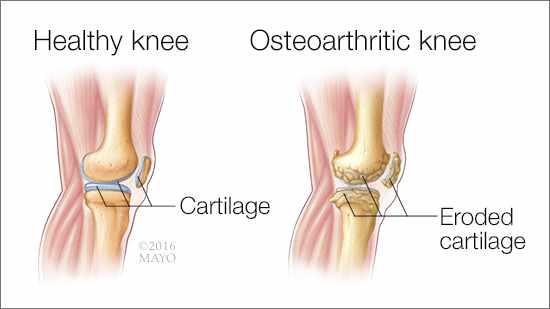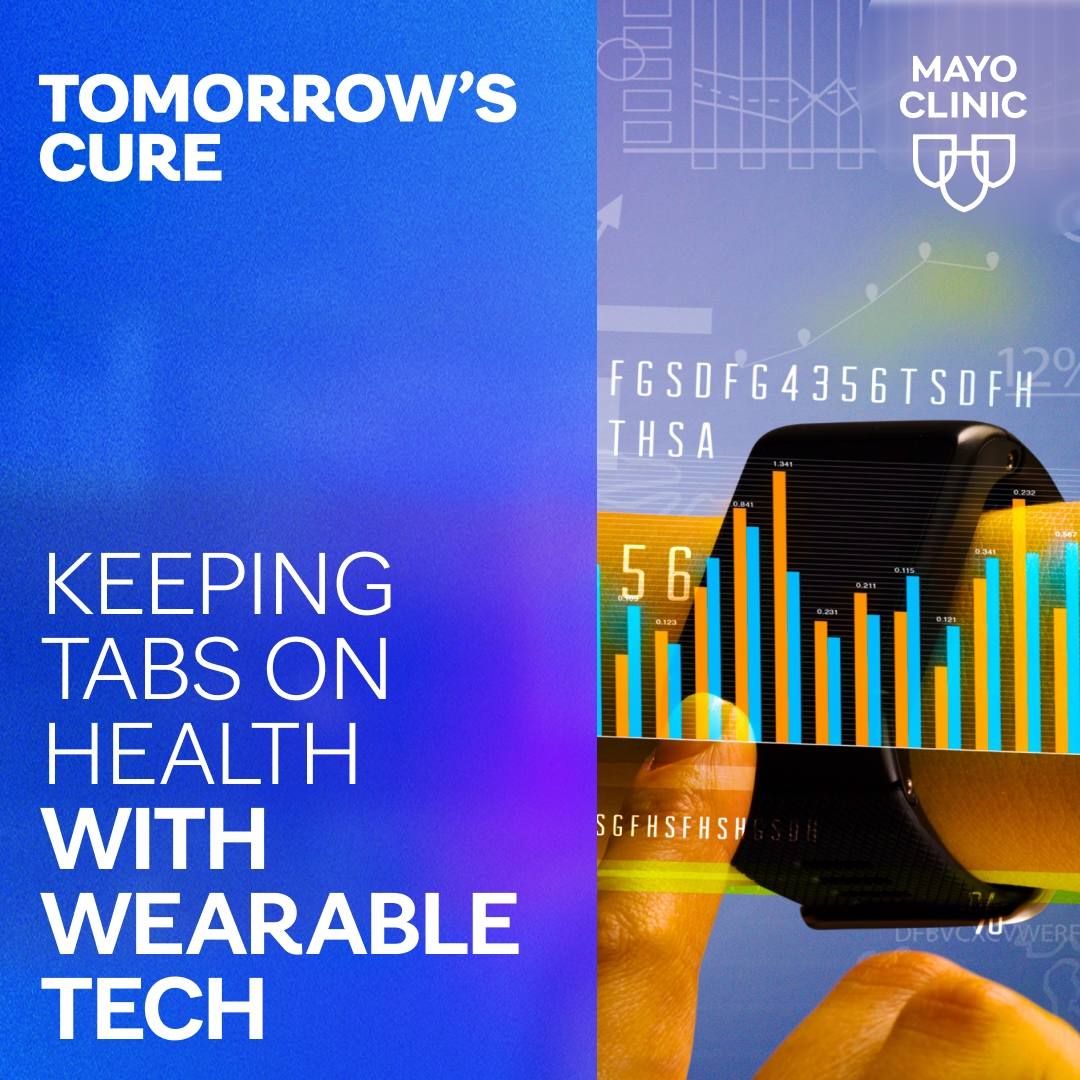-
Mayo Clinic Q and A: Treatment of Osteoarthritis

DEAR MAYO CLINIC: My mother, 70, has osteoarthritis and was prescribed medication to help with the pain. What else can she do to keep it from worsening? Is physical therapy an option?
ANSWER: Osteoarthritis is a progressive disease that slowly gets worse over time. Although the process of osteoarthritis can’t be reversed, the symptoms usually can be effectively managed. Medication helps. Exercising regularly, staying at a healthy weight and lowering stress on joints makes a difference, too. For many people who have osteoarthritis, physical therapy is a useful part of their treatment plan.
Osteoarthritis happens when the protective cartilage that cushions the ends of bones in joints gradually breaks down. That leads to joint pain, tenderness and stiffness. Although osteoarthritis may damage any joint, it’s most common in the hands, knees, hips and spine.
As in your mother’s situation, medications such as acetaminophen and nonsteroidal anti-inflammatory drugs, or NSAIDs, frequently are used to control osteoarthritis. Several topical medications are available that can reduce joint pain, too. They include, among others, capsaicin cream and a gel form of the NSAID ibuprofen.
Exercising on a regular basis also helps ease osteoarthritis symptoms. This is where physical therapy may be useful. A physical therapist can work with your mother to create an individual exercise program to strengthen the muscles around her joints, increasing her range of motion and reducing pain.
Low-impact exercises, such as swimming, biking and walking, usually work well. Some people also enjoy activities such as tai chi and yoga, which combine gentle exercises and stretching with deep breathing. A physical therapist can help your mother decide on the activities that are right for her.
Staying at a healthy weight also is an important part of managing osteoarthritis. Carrying extra weight increases the stress on weight-bearing joints, such as the knees and hips. Even a small amount of weight loss can relieve some pressure and decrease pain. If she would like to lose weight, your mother can ask her health care provider for a referral to a dietitian. He or she can discuss healthy weight-loss strategies, offer suggestions for meal planning and provide your mother with nutritious recipes to get started.
To keep her symptoms from getting worse, your mother should try to avoid overusing the joints affected by osteoarthritis. A variety of assistive devices are available that can make everyday tasks less stressful on joints. For example, using a cane takes weight off a painful knee or hip. Gripping and grabbing tools make it easier to open doors and jars. Encourage your mother to ask her health care provider for information about these and other assistive devices that might be useful for her.
Some forms of alternative medicine have been suggested for osteoarthritis treatment, too. Acupuncture — a technique that involves inserting extremely thin needles through the skin at strategic points on the body — may contribute to pain control for some people. Meditation may also ease osteoarthritis symptoms in certain cases.
The nutritional supplements glucosamine and chondroitin often are touted as effective treatment for osteoarthritis. Results from studies on these nutritional supplements have been mixed though. A few have found benefits for people with osteoarthritis, but most have shown no clear effects. If your mother is interested in trying these supplements, encourage her to talk with her health care provider first. Glucosamine is not safe for people who are allergic to shellfish. Also, glucosamine and chondroitin may interact with blood thinners, such as warfarin, and cause bleeding problems.
Before she goes forward with any additional treatment, it would be a good idea for your mother to make an appointment to see her health care provider, talk about her options and discuss the benefits and risks of each. From there, they can create a comprehensive treatment plan that will help keep your mother’s osteoarthritis symptoms under control. — Dr. John Davis III, Rheumatology, Mayo Clinic, Rochester, Minnesota







